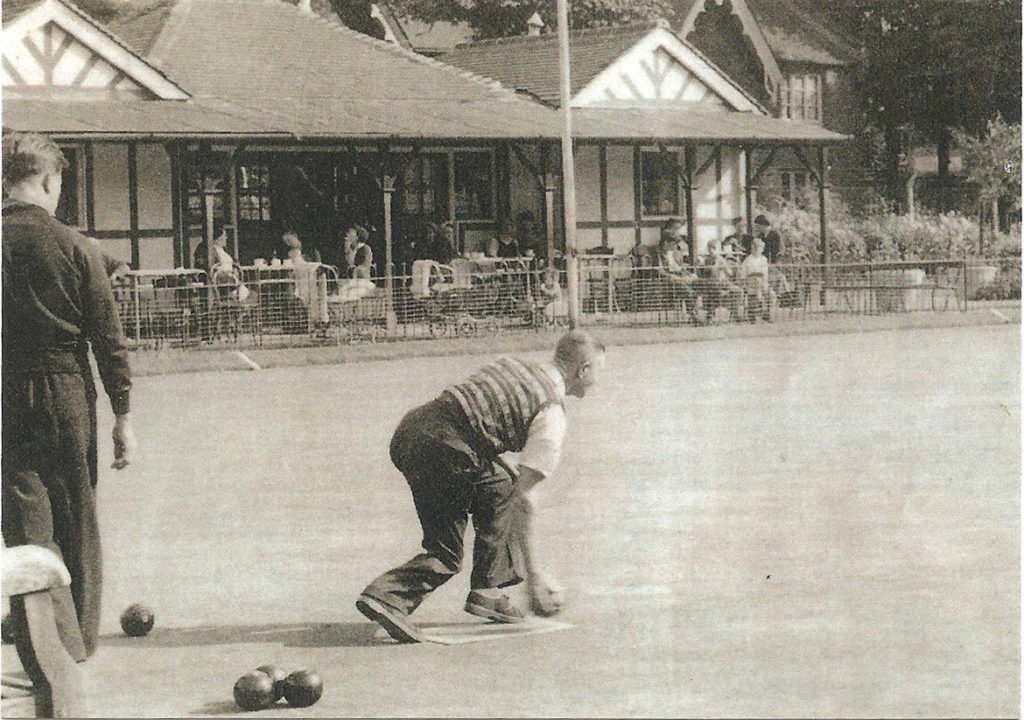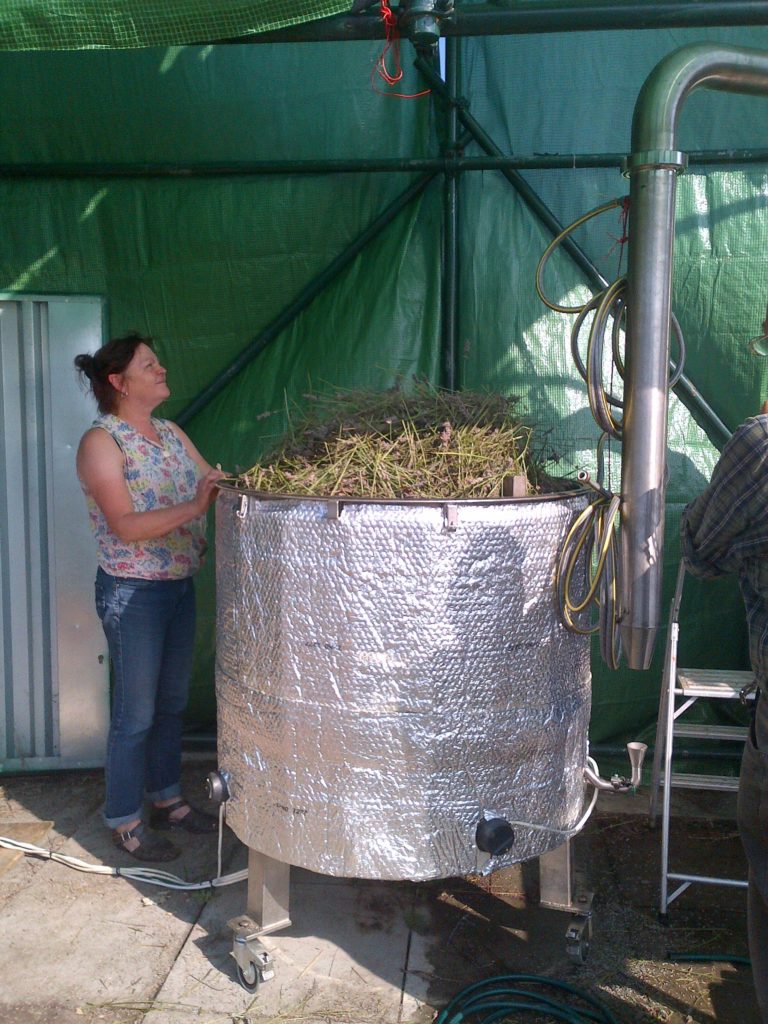The opening of a lavender garden on the former bowling green in 2004 is one of the cheerier and certainly more aromatic episodes in the history of Vauxhall Park. The sponsor was General Motors, then the parent company of Vauxhall Motors which started locally. Indeed, it was said that, viewed from the air, the lavender plants spelled ‘GM’. In 2017 GM sold Vauxhall Motors to the Continental carmaker PSA and so in Vauxhall Park, lavender garden included, change was in the air.
Here, Polly Freeman of the Friends of Vauxhall Park tells the story of Vauxhall’s lavender garden and outlines the changes coming as part of the current remodelling of the park.
ROSS DAVIES
One of the pleasures of living in or just visiting Vauxhall is the sight and scent of the lavender field in Vauxhall Park. The park is a treat of long standing, the lavender field a comparative newcomer.
When Vauxhall Park was first designed by Fanny Wilkinson in the late 1880s, the area we now know as the lavender field was an open piece of lawn. It was acquired for the community by those redoubtable ladies Octavia Hill and Millicent Fawcett together with a committee of residents led by Mark Beaufoy, owner of the local vinegar works (now Regents Bridge Gardens) and dedicated to the memory of Henry Fawcett.
An archive of Ordnance Survey maps on the Friends of Vauxhall Park (FOVP) website shows that by 1914 the site of the lavender field was a tennis court, and still was in 1939, but by 1963 two bowling greens were in evidence. They were still there in the 1975 map. and this photo, probably taken in the 1950s, shows a bowler in action with the tea pavilion in the background.

When the Friends of Vauxhall Park was set up in 1999 one of their first projects was to reinvigorate sport in Vauxhall Park. The greens were lovingly tended by Lambeth Parks Gardener Donald Campbell but his efforts were in vain. The popularity of bowling had fallen across the country and the greens at Vauxhall were hardly used. Something had to be done – but what?
One idea was to plant a wildflower meadow but that was dismissed as unsustainable. Wildflower meadows look beautiful for a couple of months and for the rest of the year need a lot of management and protection.
Sadly, the identity of the person who came up with the idea of planting a lavender field has been lost. Luckily for Vauxhall Park, however, in 2003 Vauxhall Motors, who had their first workshop where Sainsbury’s Nine Elms branch now stands, was looking for a project in Vauxhall to mark their centenary. By the following year, with the agreement of Lambeth Council, the plan for a lavender field was put into action.
Landscape architect Guillaume Baltz produced a geometric design using the Lavandula ‘Grosso’ variety, which flowers over a long period and attracts bees, beneficial insects, birds, butterflies, moths and other pollinators. It also makes a good wildlife hedge and birds love the seeds.
Architectural lettering specialist Mark Frith created the beautiful stone plaque commemorating VM’s generous sponsorship. Members of the local community including schoolchildren and residents were invited to help with the planting. The lavender thrived because of the excellent drainage, no doubt a legacy of the construction of the bowling greens.

Bees and birds were not the only creatures loving the lavender – it proved extremely popular with humans seeking escape from the increasing urbanisation of Vauxhall. Picnics and children’s parties became a regular sight. A support group for autistic people started to visit and and so, occasionally, did shamans.

A huge stroke of luck came the way of the park when Vauxhall resident Ruth Morgan walked past as the lavender flowers were being cut and was horrified to learn that they were going to be composted. She had other ideas. She had been to the Lavender Field at Carshalton in south-west London, where Laurie Rudham had built a still to produce lavender oil. Ruth contacted the FOVP to find out what they thought about harvesting the flowers to take down to Carshalton for distillation, after which the oil could be bottled and sold in local shops.
The Friends were very enthusiastic and so the Vauxhall Park Lavender Harvest was born. In the early days, just a few people gathered to cut the flowers but now it’s an annual event that, helped by social media and Time Out publicity, attracts people from across the capital. The 2019 harvest took place over two days with more than a hundred people coming each day to take part.

With success comes risk. The population of Vauxhall is growing rapidly and the park is predicted to receive thousands more visitors. Lavender plants are not especially hardy. They last only a few seasons and are easily damaged when trampled on. If the field is to continue, something has to be done to protect and renew it. FOVP does not have the funds to replant. The good news is that planning-gain monies from the building developments in Vauxhall are being made available to do this.
Turkington Martin, the Landscape Designer appointed by Lambeth to oversee the improvements, has produced a design for the lavender field that will make the flowers easier to harvest and allow people to enjoy the plants without damaging them and a human sundial, sponsored by a local resident, will take centre stage. There is every expectation that this aromatic corner of a much-loved park will continue to entertain and entrance its visitors for years to come .
Further reading
Millicent Fawcett and Vauxhall Park
Vauxhall Park’s Henry Fawcett memorial: when Lambeth Council sent in the sledgehammers
Henry Fawcett: The Mysterious Case of Vauxhall Park’s Missing Monument

